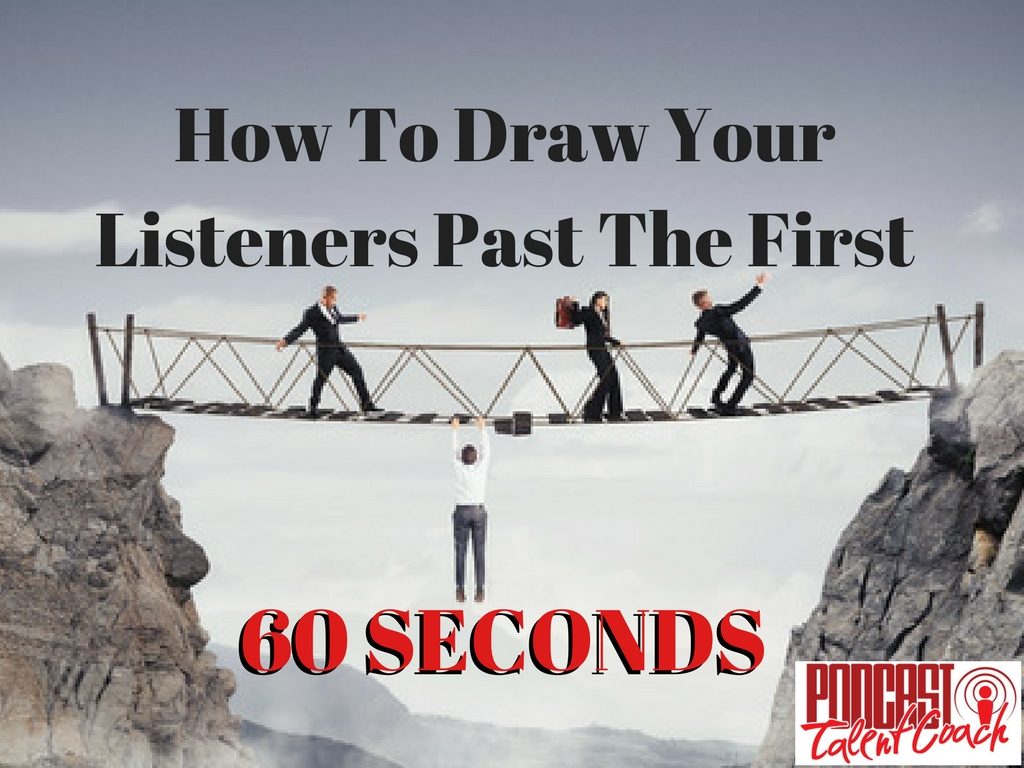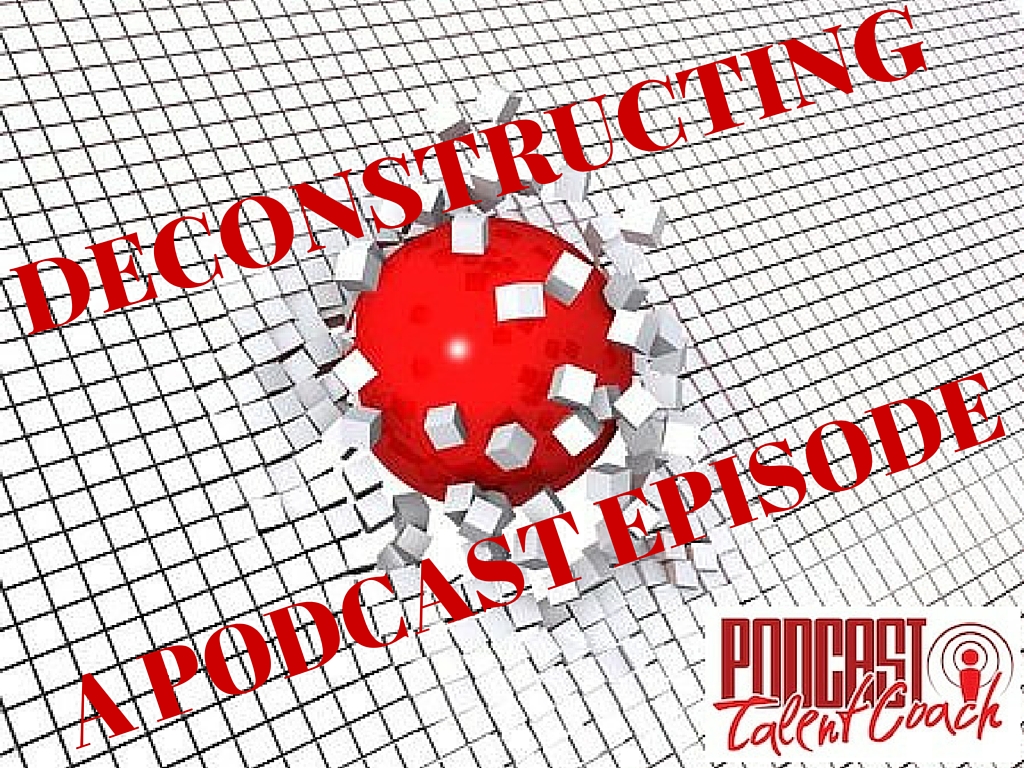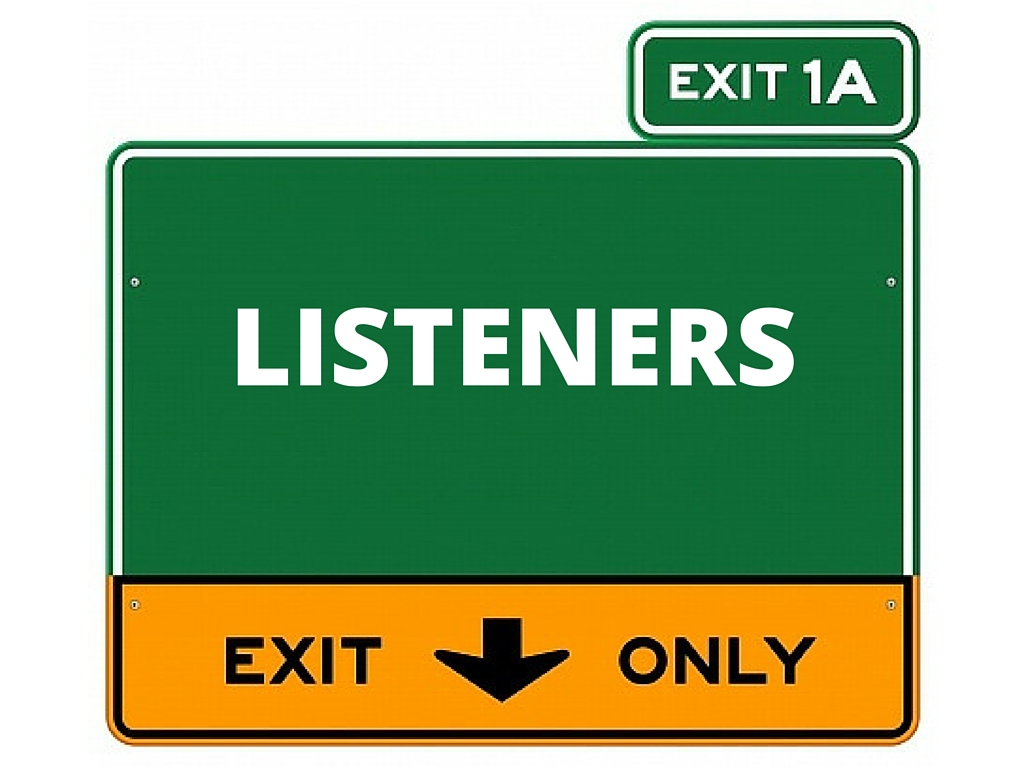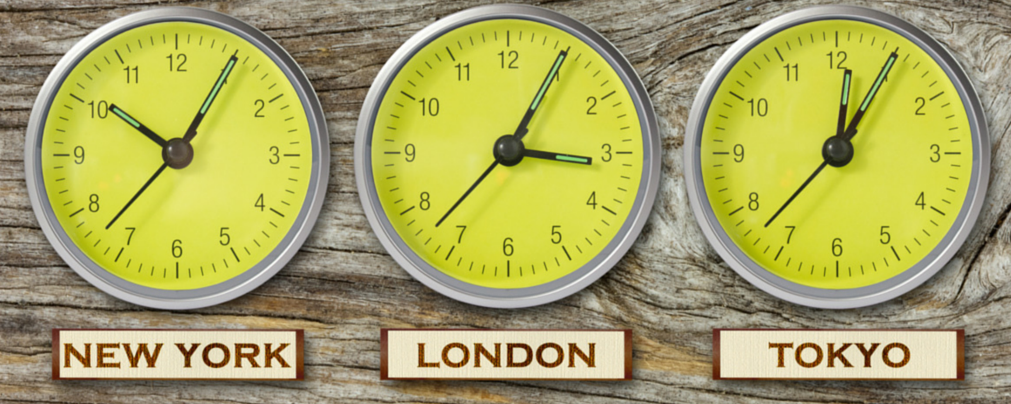Podcast: Play in new window | Download
Subscribe:
The Show Funnel Solution – PTC Episode 041
If you listen to online business podcasts, you’ve surely heard the business funnel discussed. Online marketers move a large group of people into the big end of the funnel. As the price increases, the funnel gets smaller indicating fewer people buying.
Similar to the business funnel, we want to move our listeners through a show funnel. We want to engage our listeners, hook them by piquing their interest, and finally moving them through our content.
The size of the listener pool gets smaller as the group moves through the funnel. Many people will see our headline. A portion of those people will move further to read the description. An even smaller group will continue to move through the funnel by beginning to listen to the show. A subset of that group will actually get to the end of the episode.
How can we move our listeners through the episode more efficiently? How can we get more of our listeners to reach the end of the episode?
In this episode, we discuss five tips to help you with your engaging content and the listener progression through your funnel.
1. Develop A Goal For Your Show
As you develop your podcast, you need to determine what you hope to accomplish with the show. What will the show be about? What do you hope to make your audience feel? Is there some call to action you wish to make your listener take?
After you have developed the goal for your show, stick to it. All content on your show should support your goal.
If your goal is to help consumers get out of debt, don’t spend a lot of time discussing your favorite, new CD. Your listener has come to your show expecting you to deliver on your promise. If you tell her you help people get out of debt, deliver that content to her. When you start discussing anything other than that, your brand promise is tarnished. She will be headed elsewhere.
In his “My Disney Podcast”, Correy Webb discusses all things Disney. He discusses his cruise adventures, visits to the parks and other traveling tips. If Correy suddenly began discussing the poker game he had with his buddies last weekend, you would be disappointed. Poker isn’t the reason you’re listening. His Disney promise would be broken.
A great brand is built slowly with great consistency. Deliver on your brand’s promise. However, before you can deliver, you need to develop a goal for your show.
2. Prepare For Your Show
Before you begin to record your show, you should spend just as much time preparing for the show. It is very similar to mapping out a trip. You not only need to know where you are going, you need to know how to get there.
Many hosts will have an idea of which topics they hope to address on the show. They may have a few e-mail questions to answer or a current event to discuss. That is where most quit. They think, “Well, I have our ideas. Let’s do this.” They then begin recording.
This is a big mistake. You must plan what you hope to do with each topic. How do you hope to answer the questions? What will your opinion be on the current event. Most importantly, how will you present it to your listener.
If you plan to answer an e-mail question only because you think it is a good question, but you do not plan out your answer, you will wade through the answer. It will take you much more time to answer the question than is necessary. Your show will therefore lack momentum. Your listener will become easily bored. When you stumble your way through your answer unprepared, your listener will wonder if you actually now where you are going.
Before you open the mic, plan out your show. Jot down some notes. Write down the few important points you need to mention as you’re answering the question. Then, make sure you stick to your plan.
Dan Miller does a wonderful job of this in his podcast “48 Days to The Work You Love”. He knows exactly which questions he wants to answer in his show. He knows exactly how he wants to answer them. He also has a few solid examples for each answer. Dan tends to over-promise at the beginning of the show with the questions he hopes to answer. He should either stick to a time limit for each answer, or promise fewer with the potential of a few “bonus” answers at the end if time permits.
Give your show more momentum and energy. It will happen when you prepare for your show.
3. Tease Me
Anticipation is a key feature to storytelling. Your story should build just like a good plot builds in a movie. You need to make your audience anticipate the content that is on the way. It is like a vacation you are planning to take. The fantastic anticipation for the trip is almost as pleasurable as the trip itself. You can’t wait for the trip to arrive. You want your listener to feel the same way about your content. When they can’t wait for the story to arrive, you have created some great content.
Teasing is the art of creating anticipation for your audience to entice them to stick around for the payoff to your setup. It is a critical element of your show. Teasing helps create momentum for your podcast.
When you promote parts of the show that are coming up, you must creatively tease your audience. You must give them a reason to stick around. It isn’t enough to simply say, “A great story about this weekend is coming up.” Few will stick around for the payoff. Tease. Create anticipation. Instead, use something like, “You’re never gonna believe what I found in the attic this past weekend.”
The evening news does a wonderful job at teasing. Create anticipation. Tease me.
4. Create A Power Intro
The opening of your podcast should explain the purpose of your podcast and let your listeners know exactly what to expect as if this is the first time they have ever heard the show.
A well-crafted introduction serves two purposes.
First, it tells the brand new listener who is hearing the show for the very first time exactly what to expect from the show. It is like the intro to a late night talk show. “From New York. It’s the Late Show with David Letterman. Tonight, Tom Cruise. Larry The Cable Guy. And Katy Perry. Letters from the mail bag. Tonight’s Top Ten list. And Paul Shaffer and the CBS Orchestra. And now, former New York City Medical Examiner … David Letterman.” You know exactly what is coming your way, even if you have never seen the show before.
Second, those that have heard the show before are confident that they are in the right place. Those regular listeners will find comfort in the opening of the show they hear each time they tune in. Fans will also feel like they are “in the know”. This is similar to singing the theme song of your favorite sitcom. As soon as you hear the first few notes of the theme song, you know you’re on the right channel. Your show intro should elicit the same response.
As you create your show open, treat it as if every listener is saying, “Hey, I’m new here. What’s going on?” You’ll make everyone comfortable as the show begins.
5. Make Your Listener The Star
Make your listener the star. It is your show. You know where it is going. When listeners are involved in your show, it is always your job to lead your guest and make them the star.
There are many ways to incorporate your listeners into your show. Live interviews, live calls, recorded voicemail messages, and e-mail are a few of the possibilities. Incorporating listeners into the show gives your entire audience a vested interest in the show.
With guests, you must remember you always know more about your show than they know. You know the goals of your show. You know the plot and strategy. You are always on the show. They are new. Lead your guest.
Phrases like “great question”, “I’m glad you mentioned that” and “I didn’t realize that” make your guest feel they are adding to the show … as long as you are authentic in your comments.
Financial guru and radio host Dave Ramsey is great at guiding his listeners. When a caller begins to ramble on, he will always step in with, “How can I best help you today?” That is a great way to say, “Get to the point.” You need to remember that your callers are not professional. They are not sure how to adequately edit their question while still providing all of the necessary elements.
Just as you do not need to answer every e-mail you receive on your show, you do not need to read the entire e-mail. When you are using voicemail and e-mail questions, edit them before you use them. Keep the essence of the question while eliminating the unnecessary details. Nobody will fault you for editing a 4 minute voicemail message to a great 30 seconds. They will probably thank you. The edited call is still the call as long as you aren’t changing their words. Your show is entertainment. Edit it as such.
When interviewing a well-known guest, make it easy for them. Open with great questions for which you already know the answer. Talk hosts like Jay Leno and David Letterman have producers that do a pre-interview with their guests. They will ask the guest, “If Jay asks you about ____, what will you say?” The producer then puts the great questions on the blue cards for the host. Jay may not know the answer, but the guest knows the question is coming.
If you know your guest has done some amazing things, ask them about it. Then, let them answer. I hear so many hosts interview guests as if they are trying to show the guest how much they actually know. In turn, they answer the question as they are asking it. This leaves the guest very little to say.
You and your show become great when you make your guests and listeners the star.
Using these five tips will help you refine your content and give it focus. This will help you move your listener through your show funnel. Develop a clear goal, prepare for the episode, tease your listener, write a power intro and make your listener a star. You will be well on your way to transforming your show.
A few housekeeping notes for you.
Dave Jackson and I are now hosting the Podcast Review Show together. Our guests appear on the show to have their podcast reviewed by the two of us. Typically, hiring the two of us individually for an hour would be hundreds of dollars. Not only do you get an hour of consulting from us on this show, you get to plug your show for a sixty minutes.
Our guests typically pay $99 to be featured on the show. I’ve convinced Dave to cut you a break. By using the code coach50, you can appear on the show for only $49.50. You get half off. Still an hour. Still feedback from both of us. Still plugging your show. Half the price.
The code is coach50.
Now, we cannot possibly review everyone. Once we fill the available slots, this deal will go away. We have already had a great response. Just a few openings remain. If you are serious about your improvement and would like to be on the show, get registered today.
We have not made anyone cry yet. At half price, it surely cannot hurt that much. Just use coach50 when you register.
If you are truly serious about building your podcast, improving your show and increasing your traffic, you should also be attending the Podcast Movement in Dallas on August 16 & 17. Find my affiliate link online at PodcastTalentCoach.com.
I’d love to help you with your podcast. E-mail any questions or comments you might have to Coach@PodcastTalentCoach.com.
You can also find tools to help you create great content at www.PodcastTalentCoach.com.
Let’s turn your information into engaging entertainment.











